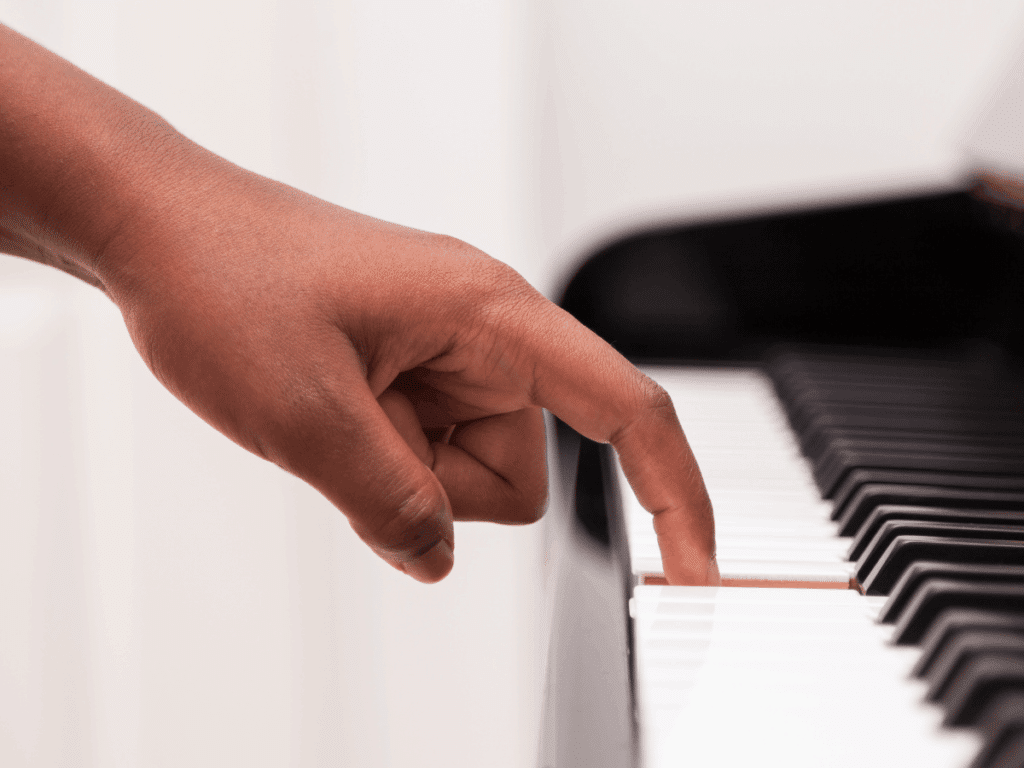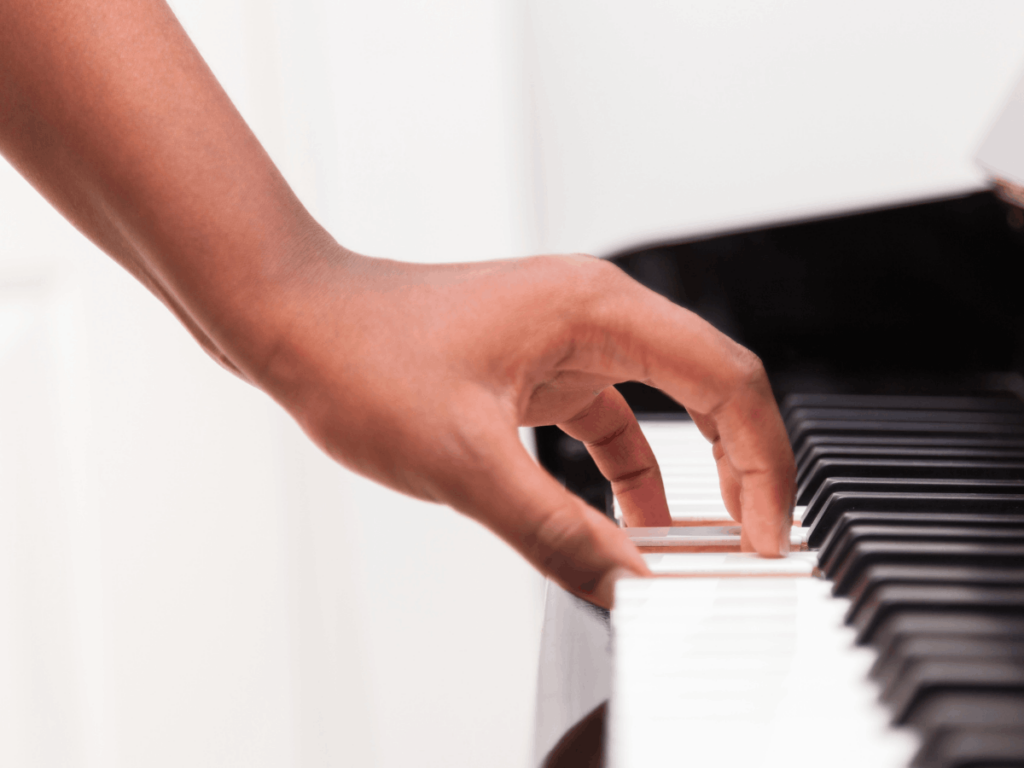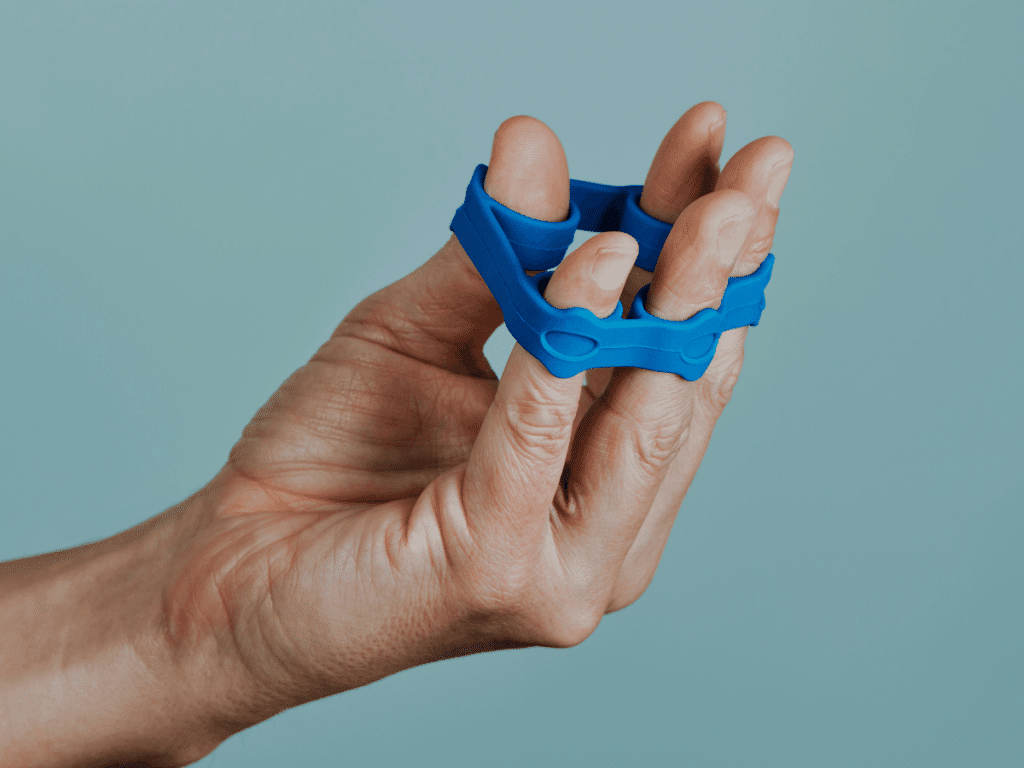Playing the piano well requires more than hitting the notes, as any determined musician will tell you. The way our fingers provide flavor to each harmony and song is crucial. While learning new music, we often come across parts that require our fingers to be more flexible and quick than they are now. Improving one’s finger dexterity is now a good idea and an absolute need.
I am excited to share with you in this class strategies for improving your finger dexterity on the piano. Come along on this exciting journey with me, and we will explore the infinite possibilities of the piano keys and their expressiveness and accuracy.
Let’s take it slow and methodically so we may reach new heights as pianists.
Finger Dexterity and Its Significance
The secret ingredient for a piano performance fit for a concert is flawless dexterity. To be a good pianist, you require fast fingers and the ability to control the release of each note. Imagine each of your fingers as a unique work of art. Their shape, size, and texture are all unique.
The result is a complicated and enthralling musical symphony, and the musicians’ ability makes it seem easy. If you have little fingertips, playing fast scales or complex trills will be a snap. Hands have perfected the art of playing like a pro at your peak.
At our best, our fingers can create any melody we can think of.
Difficulties for Students in Learning New Skills
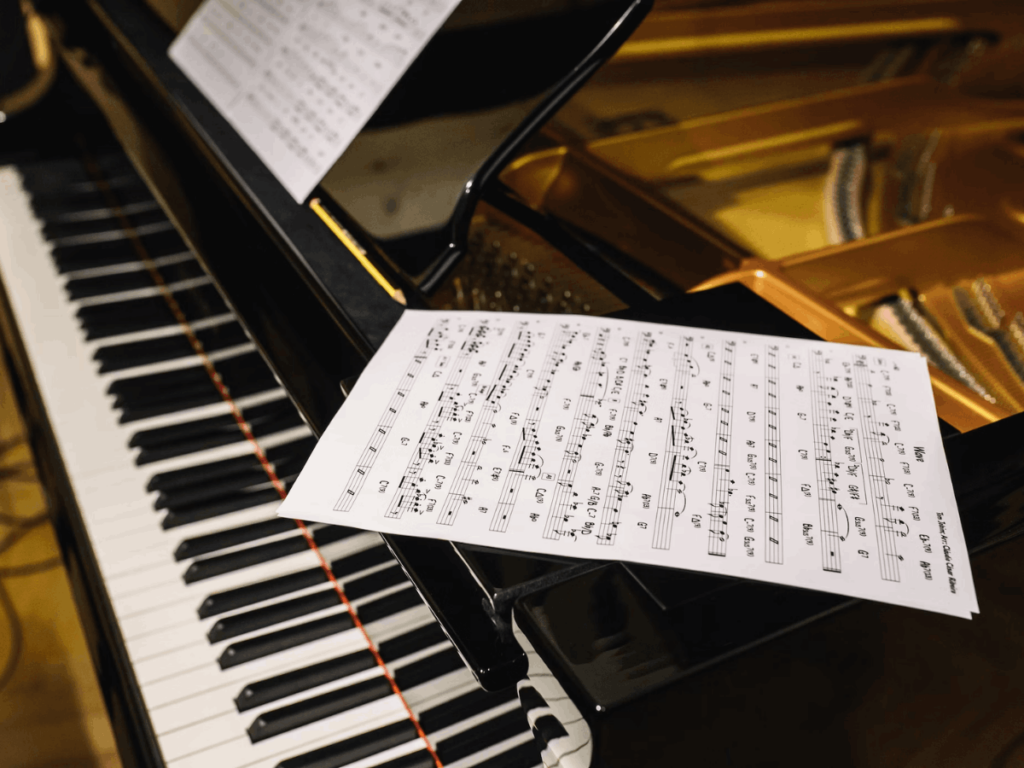
The journey of education is filled with the challenge of acquiring new skills, a task that can be particularly daunting for students. For those in college or school who aspire to play the piano, the challenge is twofold.
Not only does it involve mastering complex finger motor skills, but it also demands immersing oneself in an art that requires extensive time and dedication. The piano, with its nuanced expressions and intricate finger movements, demands a level of commitment that often clashes with the rigorous demands of academic life.
In the bustling environment of a college or school, where students frequently juggle between the guidance of teachers and a multitude of assignments, finding time for personal growth in areas like music can seem near impossible. This struggle to balance the demands of academic responsibilities with the pursuit of a passion like piano playing is a common scenario for many students.
However, there is a practical solution for those students drawn to the melodies of the piano. When academic pressures mount, one can find respite in seeking help online. Opting to do my assignment with PapersOwl can provide students with the necessary breathing space. This approach not only aids in managing their educational workload but also ensures they have the time to focus on piano practice. This method of balancing educational requirements with personal interests offers a strategic way for students to continue developing their musical talents under the guidance of their teachers, without compromising their academic achievements.
Building Dexterity: The Fundamentals
A solid foundation in the fundamentals is required before moving on to agility drills. My understanding of music has expanded, and I’ve come to recognize that how we hold and keep our hands is the bedrock of great musicianship.
Using Hands Correctly

Think of your hands as the main keys on a piano. It is critical to know where these instruments are. Finding the sweet spot where our fingers and hands can do the most work with the least strain is the holy grail of optimum hand placement.
Like when you find the perfect keyboard location, fingers just seem to belong there.
The basics, despite their seeming simplicity, change the game. Maintaining a light touch over the keys—a balance between stability and flexibility—is essential for proficient piano playing. Instead of pounding the keys, fingers should be curled naturally, as if you were lightly stroking them. By bending it at the waist, you may make it easier to handle and less dangerous.
The goal, of course, is to always come off as completely at ease. Playing an instrument becomes more of a creative outlet for our musical expression when our hands are properly positioned.
Relaxation Techniques
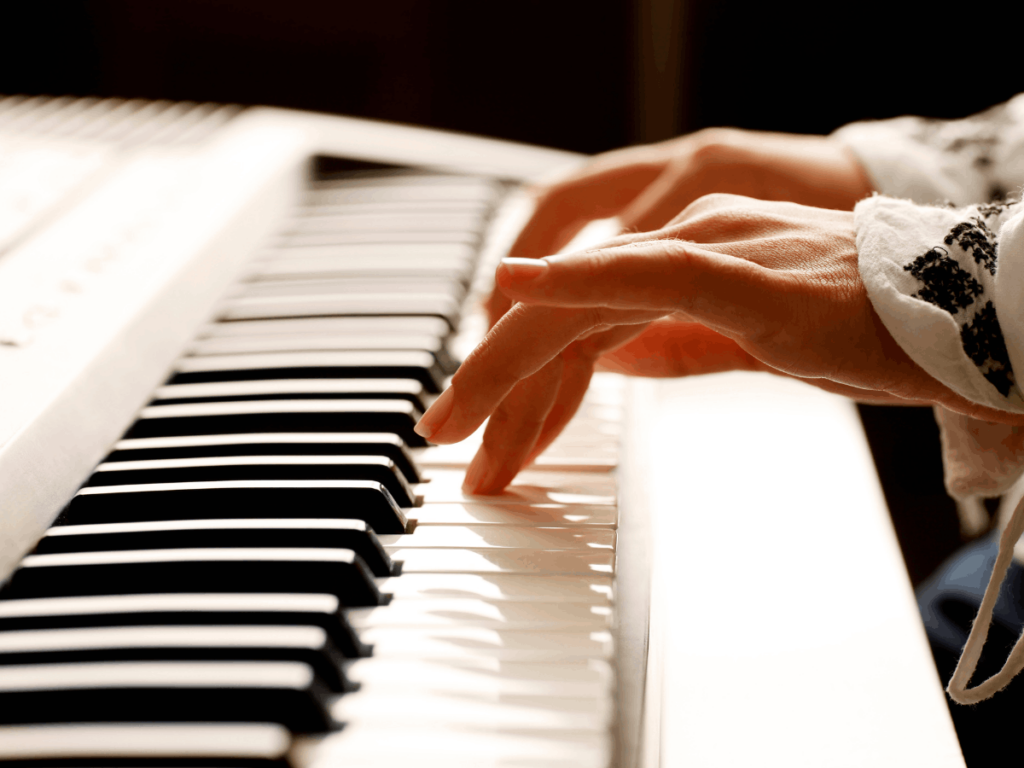
Now, let’s get into the topic of relaxation. The best way to avoid stress and harm is to keep our fingers and hands loose. Playing with tense, stiff fingers is easy when you’re engrossed in a difficult piece. But trust me, tension is the enemy of dexterity.
One technique I find incredibly helpful is to check in with my hands while playing periodically. Are they feeling tense?
If so, I take a moment to shake them out gently and do some light stretches. This simple act can work wonders in keeping hands nimble.
Another tip is to focus on your breathing. It sounds unrelated, but our breathing often mirrors our physical tension. We can encourage overall relaxation by taking deep, steady breaths, which naturally extend to our hands and fingers.
Incorporate these relaxation habits into your practice routine. Not only will they help in developing dexterity, but they’ll also make the playing experience more enjoyable and sustainable in the long run.
Exercises for the Fingers

Finger Independence Exercises. Push and hold one key for a few seconds with the remaining fingers relaxed. Despite its seeming simplicity, it’s a masterful method for training fingers to move on their own.
Second, imagine fingers gently gliding over the keyboard like a walking exercise. In order to improve agility and finger strength, each “step” should be controlled and intentional.
Exercises for the Fingers
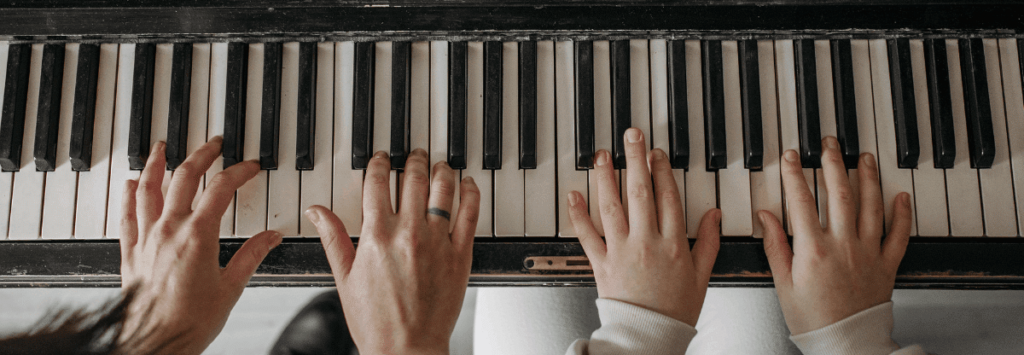
Now, let’s review a basic trill exercise to prove our point:
- Select two adjacent notes and push down on them with the index and middle fingers. Start slowly alternating between the two notes, focusing on each one individually. Gradually increase your speed as you become more proficient, but remember that precision is paramount above velocity.
- One other fantastic method is to utilize arpeggios with scales:
- Practice a simple C major scale first to get your finger placement right on every note.
- Without batting an eye, go on to a C major arpeggio after you’ve completed the scale.
You may improve your finger dexterity and coordination by doing these exercises, which mimic the actions employed in many piano songs.
Scales and Arpeggios
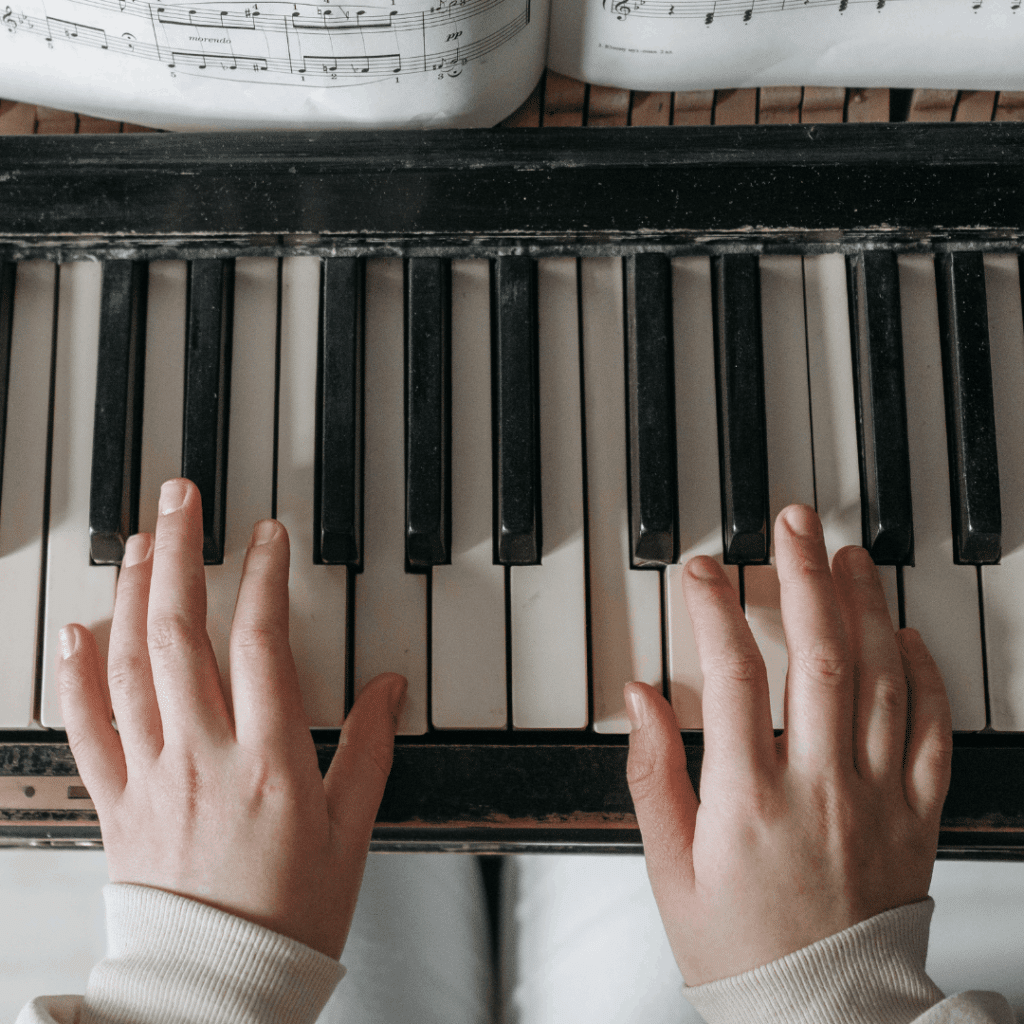
One of the easiest ways to improve fingerwork is to practice scales. I run my fingers over the scales for speed and to improve my smooth, even touch. I practice each scale’s unique sounds to improve my keyboard skills and dexterity.
Consider daily finger exercises to build muscle memory and speed for harder pieces. Piano arpeggios resemble gymnastics.
Since I play games that make me stretch and hop my fingers around the keyboard, I’m more dexterous and have better hand-eye coordination.
Remaining Consistent

My performance improved once I began practicing consistently.
Planning the day-to-day activities of my fingers involves strengthening, stretching, and increasing their speed. Inspect thoroughly to ensure uniformity. It makes no difference if you can’t become a master pianist in a day.
What really counts is progress. A small amount of practice on a daily basis can have a significant impact. Maintaining a calm and trusting attitude is crucial. Playing the piano more often will help you strengthen skills more quickly.
How to Improve your Finger Dexterity when Playing the Piano
Summary
I hope this comprehensive guide will help you become a more deft musician.
Remember that control, accuracy, and the capacity to express oneself musically go beyond simple dexterity. Always follow these suggestions for piano practice. Their assistance allows for the creation of beautiful music, even from difficult pieces.
It takes time and practice to become a good pianist, but most importantly, have fun while education. To improve your finger dexterity and piano skills, make these exercises a part of a daily routine.



